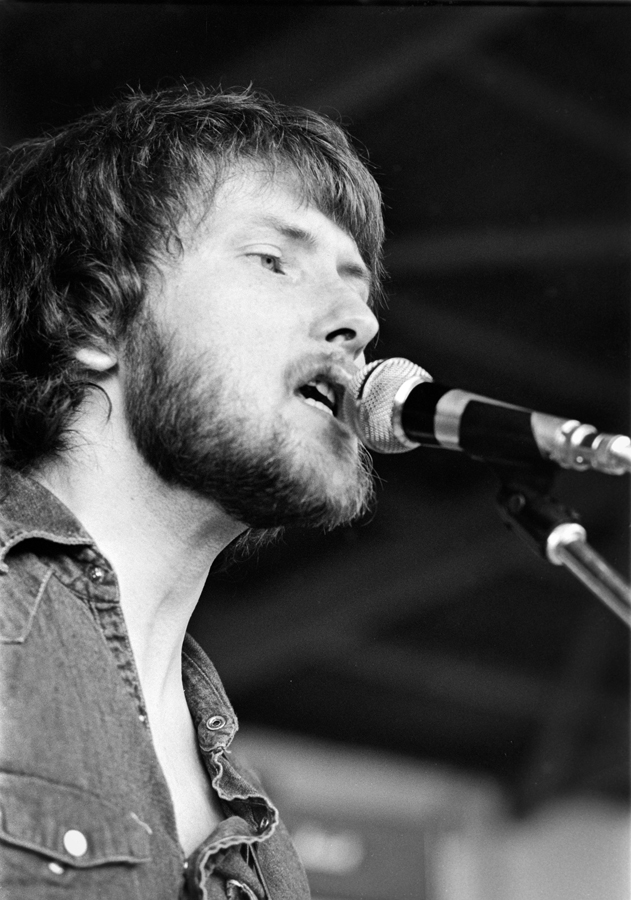
Gerry Rafferty
lead vocals, rhythm guitar, lyricist 1971-1975
Gerald Rafferty was born into a working-class family on April 16th, 1947, in Paisley, Scotland. With Irish roots and music-loving parents, music took precedence in Rafferty’s life from the time of infancy. Rafferty grew up in a council-house located in Ferguslie Park, along with his older brothers, Jim and Joe. Rafferty’s Irish-born father was a miner who struggled with alcoholism and died when Rafferty was only 16. Rafferty’s Scottish mother, who would later be immortalized in Rafferty’s 1971 song Mary Skeffington, had a singing voice that Rafferty adored and encouraged Rafferty to harness his natural musical abilities from a young age.
Rafferty attended St. Mirin’s Academy, along with future musical partner Joe Egan, before leaving the school in 1963. After leaving the school, Rafferty had only music on his mind; however, he submitted himself to working in a series of skilled labor trades, ranging from working in a butcher shop to a shoe store. On weekends, Rafferty played in a band called The Mavericks with Joe Egan, performing mainly Beatles and Rolling Stones covers. Rafferty busked for a time in London in the mid 1960s before joining a band known as The Fifth Column with Egan in 1966.
In 1969, Rafferty became the third member of The Humblebums, future comedian Billy Connolly’s folk band. Shortly after Rafferty’s introduction, band member Tam Harvey separated from the group, leaving Rafferty and Connolly as a duo. The pair recorded two albums before mutually separating in 1971. It was at this time that Rafferty recorded his first solo album, Can I Have My Money Back?, which featured future Stealers Wheel members Joe Egan and Rab Noakes on supporting vocals.
Around the time that Rafferty was wrapping up Can I Have My Money Back?, he and Egan formed Stealers Wheel. They elected former Apple Studios employee Paul Pilnick as lead guitarist, and the group remained a trio for the next year before enlisting drummer Rod Coombes and bassist Tony Williams.
Stealers Wheel released their first album, the eponymous Stealers Wheel, in 1972. Williams parted ways with the band after the album was recorded, and bassist DeLisle Harper took his place. Rafferty also left the band for a period of time and was replaced by Luther Grosvenor on guitar. Luther remained in the lineup, alongside Egan, Pilnick, Coombes, and Harper, upon Rafferty’s return in 1973.
Several months after Rafferty’s co-penned hit “Stuck in the Middle With You” reached commercial success and Rafferty re-joined the band, Rafferty and Egan decided they were better suited as a duo. The pair desired to cut back on drama and focus on their studio work rather than live performances. They decided that instead of enlisting other band members, Stealers Wheel would continue on as solely a duo, bringing in session musicians to collaborate on future albums. It was at this point that Pilnick, Coombes, Harper, and Grosvenor involuntarily parted ways with Stealers Wheel.
After the self-titled debut album was released, Rafferty and Egan pressed on to release Ferguslie Park in 1974, named after an area of Scotland that reflected their poor sentiments towards the album. In 1975, Stealers Wheel released their third and final album, Right or Wrong, which hinges on the many philosophical and existential ideals in which Rafferty and Egan were interested.
Rafferty and Egan decided to part ways due to creative differences in 1975, effectively disbanding Stealers Wheel.
For the three years immediately following the breakup of Stealers Wheel, neither Rafferty nor Egan were legally permitted to release any solo work. Rafferty released his second solo album, City to City, in 1978. The album was a commercial hit, producing widely adored singles such as “Baker Street” and “Right Down the Line.”
Fueled with inspiration, Rafferty went on to release eight more studio albums over the next few decades: Night Owl (1979), Snakes and Ladders (1980), Sleepwalking (1982), North and South (1988), On a Wing and a Prayer (1992), Over My Head (1994), Another World (2000), and Life Goes On (2009). Over the years, Rafferty re-recorded several Stealers Wheel songs for his solo albums. A solo version of “Johnny’s Song” appears on the Snakes and Ladders album, and versions of “Over My Head,” “Right Or Wrong,” and “Late Again” appear on Over My Head. Rafferty and Egan also enjoyed a brief reunion when his former musical partner provided backing vocals for Rafferty’s On a Wing and a Prayer in 1992.
Rafferty also found success as a producer, employing his talents on several albums, including The Producer’s 1987 hit single “Letter From America.”
Gerry Rafferty passed away in his daughter Martha’s home on January 4th, 2011, due to liver failure. Rafferty was honored by friends, family, politicians, and fellow musicians at a service held on January 21st, 2011. The service was broadcast live over the internet. Rafferty is survived by his daughter Martha, granddaughter Celia, and brother Jim.
In the decade since his death, Rafferty has been paid tribute countless times. Rafferty is still sorely missed by his friends, kin, adoring fanbase, and Stealers Wheel family.
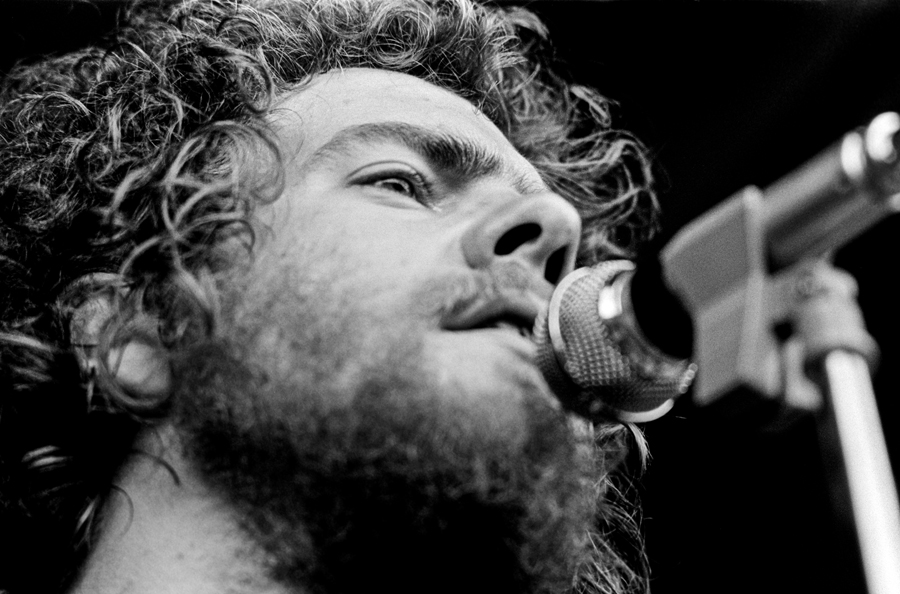
Joe Egan
lead vocals, rhythm guitar, keyboard, lyricist 1971-1975
Joseph Egan was born into an Irish Catholic family on October 18th, 1946, in Paisley, Scotland. Egan attended St. Mirin’s Academy, where he met classmate and future musical partner, Gerry Rafferty. Both were intrigued by music from a young age and noted for their unique voices.
As a young man, Egan played in multiple bands, including The Sensors, and alongside Rafferty in The Mavericks and The Fifth Column. Egan also worked as a session musician throughout his early musical career.
Egan and Rafferty remained close friends throughout the 1960s and worked together on many projects, allowing them time to harness and fine-tune their natural musical abilities. In 1970, Egan contributed to Rafferty’s debut solo album, Can I Have My Money Back?, providing supporting vocals.
Not long after the release of Can I Have My Money Back?, the two formed Stealers Wheel, soon adding former Apple Studios employee Paul Pilnick to the lineup as lead guitarist. In 1972, Rod Coombes and Tony Williams joined the band, and it was with this lineup that the first Stealers Wheel album was produced.
The duo was a force to be reckoned with, but when Rafferty left the band in 1972, Egan showcased his leadership skills by navigating the band through the tumultuous times.
A few months after Egan’s co-penned hit “Stuck in the Middle With You” struck commercial success, Rafferty re-joined the band. Shortly thereafter, the two decided they were better suited as a duo. The pair’s objective was to minimize drama and to focus more on their studio work rather than live performances. So, they decided that instead of enlisting other band members, Stealers Wheel would continue on as solely a duo, bringing in session musicians to collaborate on future albums. It was at this point that Pilnick, Coombes, Harper, and Grosvenor involuntarily parted ways with Stealers Wheel.
After the eponymous debut album was released, Egan and Rafferty continued on to release Ferguslie Park in 1974, named after an area of Scotland that reflected their poor sentiments towards the album. In 1975, Stealers Wheel released their third and final album, Right or Wrong, which hinges on the many philosophical and existential ideals in which Egan and Rafferty were interested.
Egan and Rafferty parted ways in 1975 due to creative differences, effectively disbanding Stealers Wheel until former members Paul Pilnick, Rod Coombes, and Tony Williams revived the band in the mid 2000s.
For the three years immediately following the band’s breakup, Egan and Rafferty were legally obligated to abstain from producing any solo work until their contract was up. In 1979, Egan released his debut solo album, Out of Nowhere, with former bandmate Paul Pilnick on guitar and bass. In 1981, Egan released his second and most recent solo album, Map, which Pilnick also provided assistance on. Egan has not released any new music since Map, however, he briefly reunited with Rafferty in 1992 to provide backing vocals for Rafferty’s On a Wing and a Prayer album.
Since the release of Map, Egan has kept a low profile. He currently enjoys a private life with his wife in Renfrewshire, where he operates a publishing company.
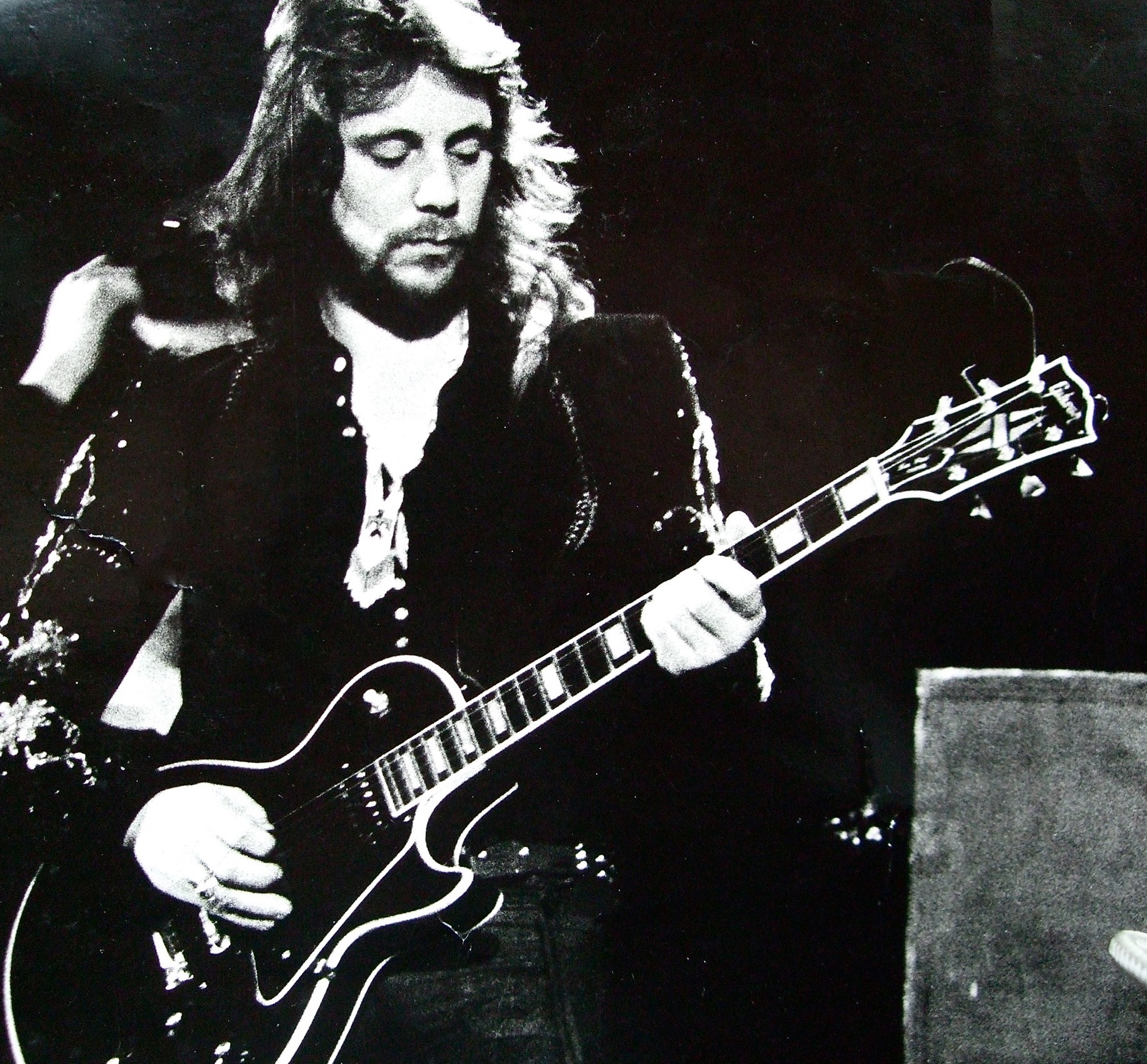
Paul Pilnick
lead guitar 1971-1973
Paul Pilnick was born on January 17th, 1944, in Liverpool, England. Fascinated by music from the time of his birth, Pilnick began playing guitar at a young age, with Liverpool’s then wildly popular “Merseybeat” scene as a backdrop to his life.
In 1963, Pilnick became a member of Lee Curtis’ backing band, The Allstars, with whom he played until 1964. In 1964, Pilnick was asked to play lead guitar in well-known Liverpool band, The Big Three. It was around this time that Pilnick first made the acquaintance of future Stealers Wheel drummer, Rod Coombes. After playing with The Big Three, Pilnick went to Germany to play with well-established English pop star, Tony Sheridan. In 1965, Pilnick joined Tony Jackson’s Vibrations before ultimately rejoining Lee Curtis’ backing band at the height of Curtis’ popularity. Pilnick remained in popular demand as a lead guitarist, going on to join The Fix in 1967.
Pilnick met Gerry Rafferty and Joe Egan in 1970, whilst working at Apple Studios in London. According to Pilnick, the musical chemistry between the three was immediately tangible. Pilnick got to know the pair as Rafferty was wrapping up his debut solo album, Can I Have My Money Back?, before promptly joining the primitive Stealers Wheel lineup. After several months of dedicating much time and effort practicing in London as a trio, Pilnick enlisted former acquaintance Rod Coombes to play drums. Tony Williams joined the lineup shortly thereafter, and the band produced their first album, the self-titled Stealers Wheel, with Pilnick contributing much to the arrangement process, especially on “Stuck in the Middle With You.”
After much turmoil and dysfunction ensued amongst bandmates, Pilnick, Coombes, and bassist at the time, DeLisle Harper, involuntarily parted ways with Egan and Rafferty when the two decided to continue on with the band as solely a duo. However, Pilnick is credited by Egan and Rafferty on the latter two albums, Ferguslie Park and Right Or Wrong.
After Stealers Wheel, Pilnick went on to join the supergroup known as Badger, alongside Brian Morris, Jackie Lomax, Kim Gardner, Roy Dyke, and Yes’ Tony Selvidge. After Badger Split up, Pilnick joined the offbeat Liverpool group known as Deaf School, where he acted as both a guitarist and producer, with whom he still plays today. Pilnick is also noted for working with George Harrison’s Apple Studios Band alongside musicians such as Billy Preston.
Pilnick remained close friends with Egan after his departure from Stealers Wheel. He provided lead guitar and bass for Egan’s debut solo album, Out of Nowhere (1979), and helped arrange much of Egan’s second and most recent solo album, Map (1981).
Pilnick, alongside Tony Williams and Rod Coombes, revived Stealers Wheel in the mid 2000s. As of 2021, Pilnick continues to create music and is still working with Stealers Wheel.
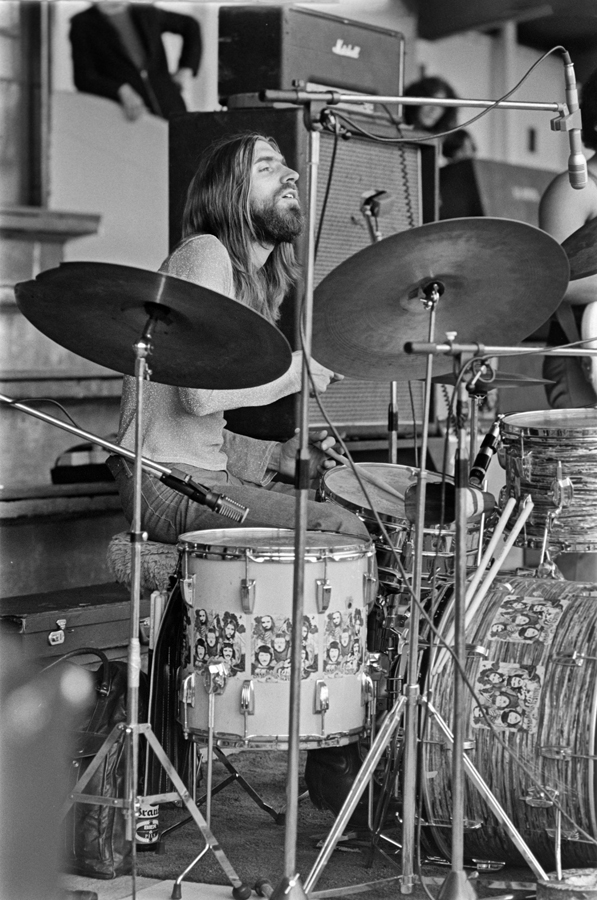
Rod Coombes
drums, percussion 1972-1973
Rod Coombes was born on May 15th, 1946, in London, England. Rod has played drums professionally since the age of 17 when he joined professional singer Lulu’s backing band, The Luvvers.
Coombes paved his way as a prominent figure in London’s music scene and went on to play with the Jeff Beck Group before joining the soul group known as Trifle, with whom he played for 18 months. Coombes moved on to play with the blues-focused band known as Juicy Lucy for a period of time in the early 1970s.
Coombes joined Stealers Wheel in 1972 and recruited bassist Tony Williams for the band. Coombes performed on Stealers Wheel’s debut album and remained a fixture in the lineup until the band split off into a duo in 1973.
After Stealers Wheel, Coombes found success with English rock band Strawbs, with whom he played until 1977.
Coombes took time to acquire the knowledge necessary to engineer and produce music before moving to Malaysia for a period of time. When Coombes returned, he obtained a master’s degree, before re-joining Strawbs in 1998. It was around this time that Coombes also produced a jazz album with his band Mining Hat.
Apart from his drumming skills, with which he used to mentor pupil Curt Lawrence, Coombes is also proficient in both guitar and bass.
Coombes, alongside Paul Pilnick and Tony Williams, revived Stealers Wheel in the mid 2000s. As of 2021, Coombes continues to create music and is still working with Stealers Wheel.
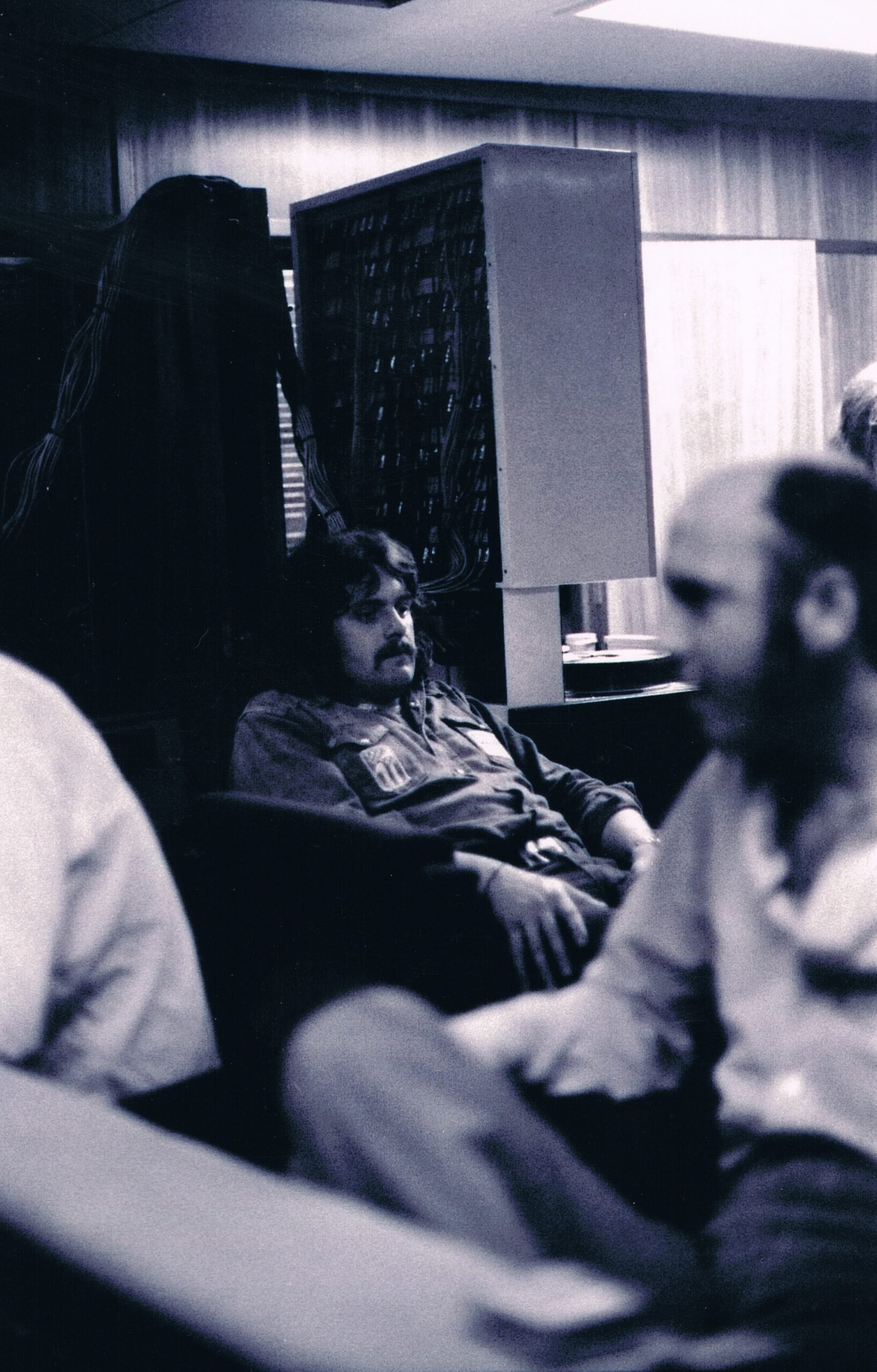
Tony Williams
bass guitar 1972
Tony Williams was born on August 19th, 1947, in Durham, England. Early on, Williams moved to Blackpool, where he met future Jethro Tull members Ian Anderson, Barriemore Barlow, John Evan, and Jeffrey Hammond.
In the 1960s, Williams played guitar alongside future Jethro Tull bassist, Glenn Cornick, in The Executives, a Blackpool-based mod band.
Williams auditioned to join Jethro Tull in 1968 and went on to release a single titled “Lazy River” in 1969. Williams played with a band called Requiem in 1970 and 1971.
Williams was recruited by drummer Rod Coombes to join Stealers Wheel on the bass guitar in 1972. Impressed by his talent, the band was quick to welcome Williams into the group. Williams played on the band’s first album, released in 1972, before leaving the band a year later due to personal reasons.
Williams joined Jethro Tull upon the request of Ian Anderson in 1978 when bassist John Glascock became unwell. Williams joined the band on their North American tour that year, before returning to music and television production in Blackpool.
Williams currently works as a public official in Blackpool and has worked as a Public Relations advisor for the Blackpool Zoo, as well as the British and Irish Association of Zoos and Aquariums. In 2007, Williams was elected as a local councilor in Blackpool and was re-elected in 2011. Williams presently serves as the Leader of the Conservative Group on Blackpool Borough Council and as a board member of the Arts Council North West.
Tony Williams, alongside Paul Pilnick and Rod Coombes, revived Stealers Wheel in the early 2000s. As of 2021, Williams continues to work on music and with Stealers Wheel.
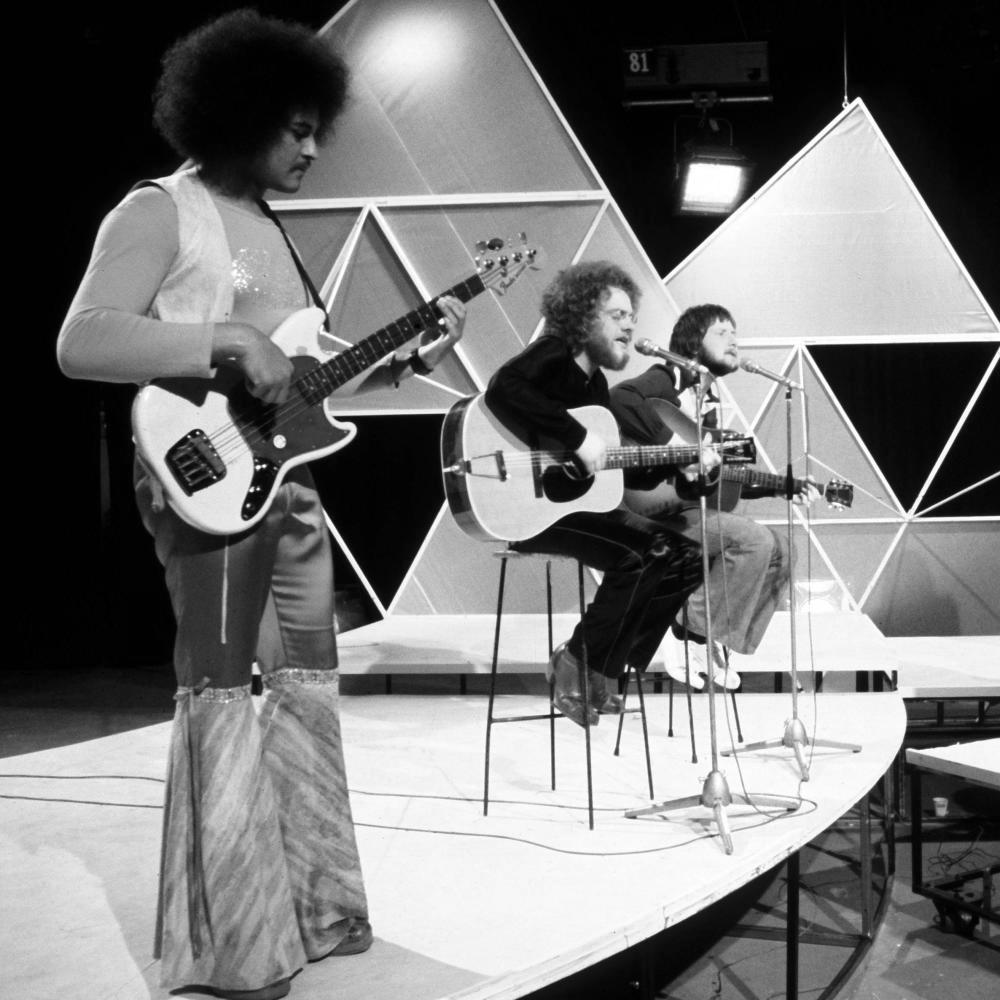
Delisle Harper
bass guitar 1972-1973
Delisle Harper was born in Barbados on November 20th, 1942. Harper first gained public recognition due to his role as bassist in the British rock group known as Gonzalez, formed in 1970.
Harper joined Stealers Wheel in late 1972, replacing bassist Tony Williams. After joining the band, Harper remained in the lineup before the band split off into a duo.
After Stealers Wheel, Harper joined the funk group known as The Olympic Runners.
Harper has played with and contributed to the work of dozens of bands and solo artists, including Art Garfunkel, Ginger Baker, Maggie Bell, Whitesnake, and many more.
Harper continues to work on his musical endeavors as of 2021.
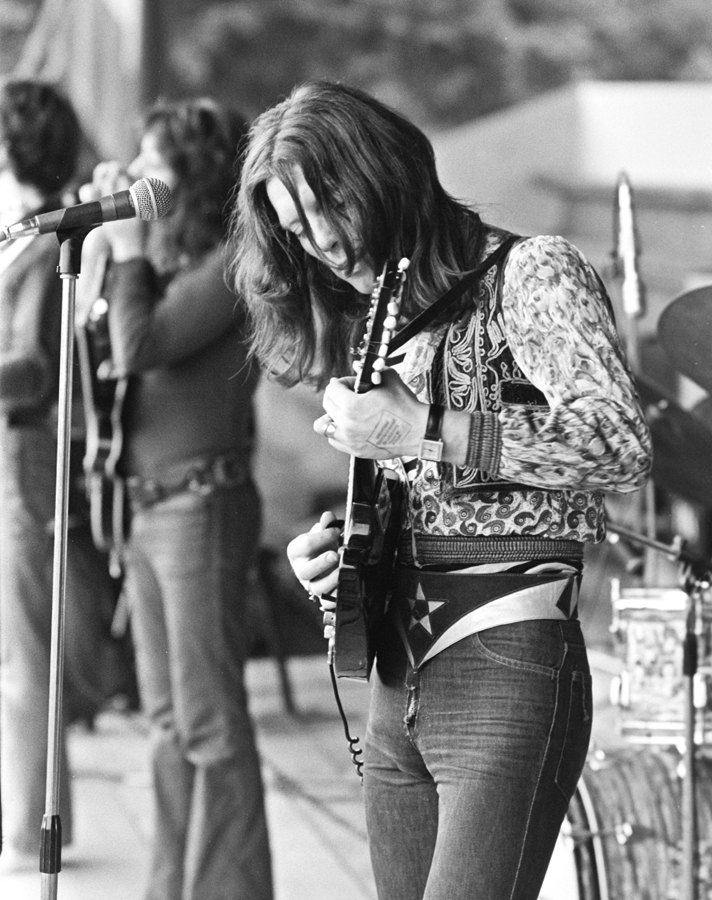
Luther Grosvenor
rhythm guitar 1972-1973
Luther Grosvenor was born on December 23rd, 1946. Grosvenor grew up in Evesham, England, where he first started playing in local bands. Early on, Grosvenor met future Traffic member Jim Capaldi, with whom he formed a group called Deep Feelin.
Grosvenor played with the English rock group Spooky Tooth between 1967 and 1970. After leaving Spooky Tooth, Grosvenor released his first solo album, Under Open Skies, in 1971.
Grosvenor joined Stealers Wheel in 1973, after the release of their first album. Grosvenor replaced Gerry Rafferty on guitar during the brief period in which Rafferty was voluntarily absent from the band. Grosvenor remained in the lineup for a short period of time after Rafferty re-joined the band, before parting ways.
In 1973, Grosvenor joined the English rock group Mott the Hoople and toured with them throughout 1973 and 1974. Around this time, Grosvenor started to go by the name “Ariel Bender” due to contractual reasons. After parting ways with Mott the Hoople, Grosvenor formed the rock super-group known as Widowmaker in 1975.
Grosvenor continued to play and produce music throughout the 1980’s and 1990s, eventually re-joining Spooky Tooth in 1999.
Grosvenor formed the Ariel Bender Band in the early 2000s and went on to work with London act, The Winter Olympics.
Grosvenor continues to play under the pseudonym Ariel Bender as of 2021.
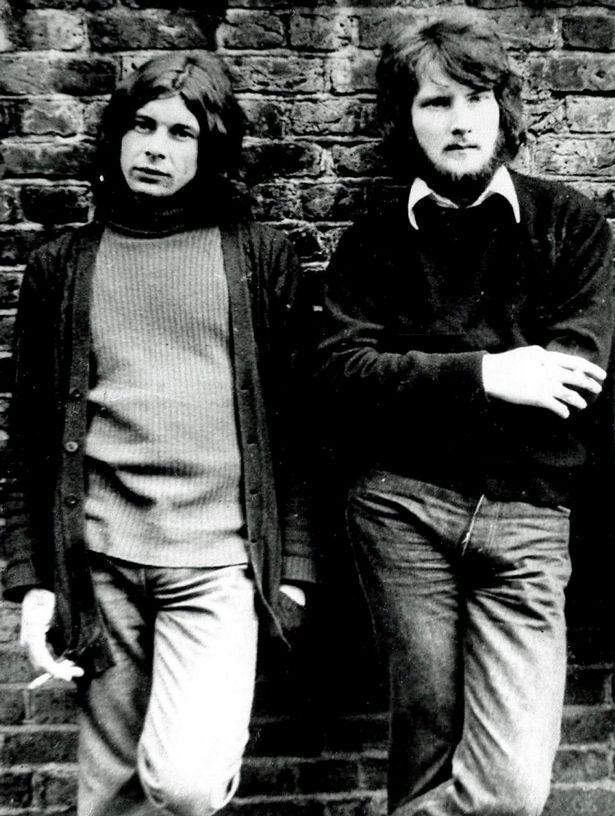
Rab Noakes
rhythm guitar 1971
Rab Noakes was born on May 13th, 1947, in St Andrews, Scotland. In the late 1960s and early 1970s, Noakes played briefly with English rock group Lindisfarne.
Noakes made his solo debut in 1970 with Do You See The Lights? alongside guitarist Robin McKidd and bassist Ronnie Ray.
Noakes was an early friend of Gerry Rafferty and provided both guitar and backing vocals alongside Joe Egan on Rafferty’s first solo Can I Have My Money Back? in 1971. Noakes’ backing vocals can most notably be heard on “Mary Skeffington,” a song about Rafferty’s mother.
Noakes became one of the first members of Stealers Wheel after working with Rafferty on his debut solo album, but left the band early on, prior to any recording.
After his time with Stealers Wheel, Noakes went on to release several albums over the next three decades. In 1994, Noakes toured with the Varaflames, alongside Pick Withers, Rod Clements, and harmonicist Fraser Speirs.
Later on, Noakes became the senior producer for BBC Radio Scotland, leaving only to create his own production company, Neon.
Throughout the 2000s, Noakes continued to produce music and work with the Varaflames. In 2015, Noakes released his 19th studio album, I’m Walking Here.
Noakes continues to make music as of 2021.
